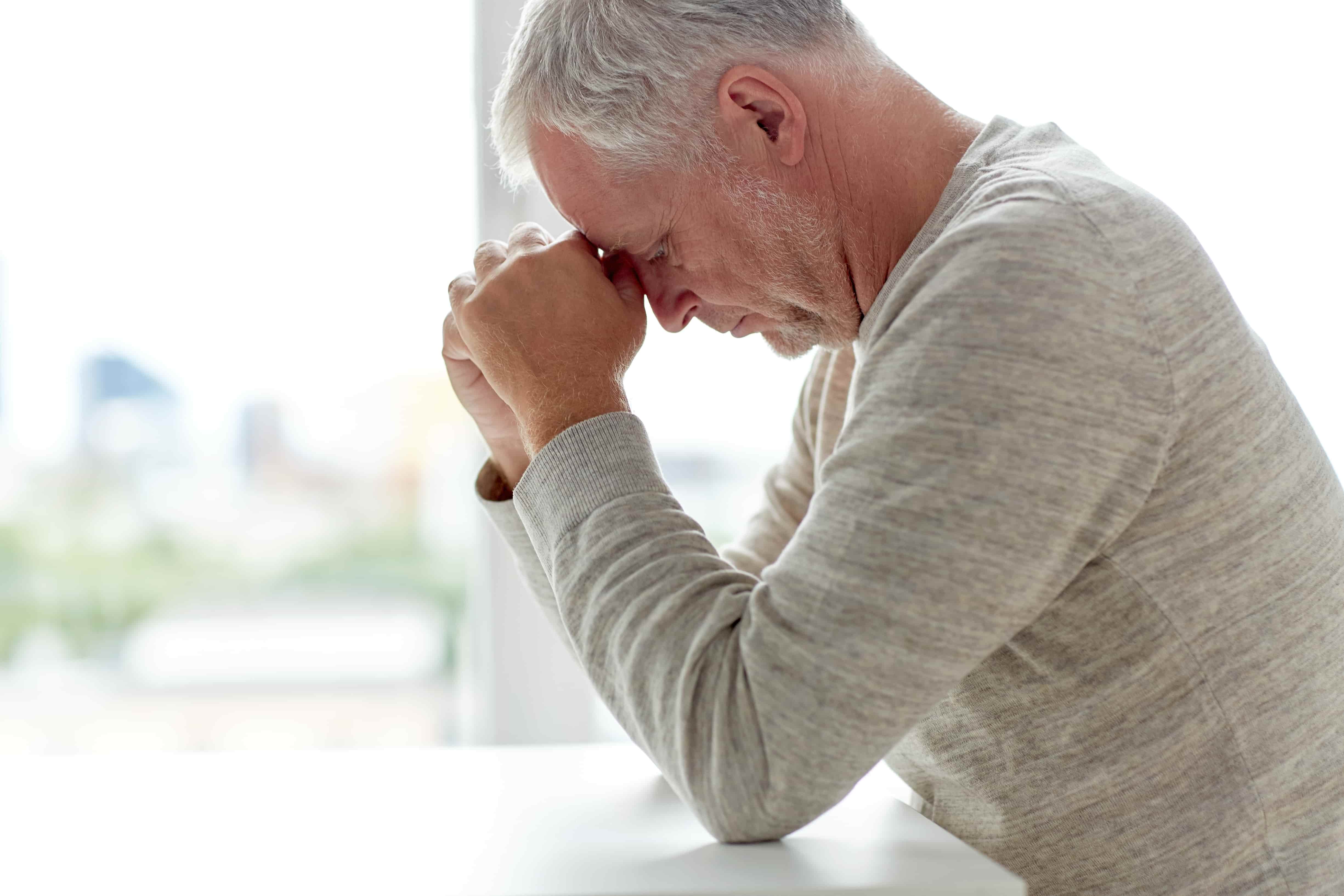Loneliness among aging adults is one of the most common concerns that gets the least amount of attention. A study by the U.S. Census Bureau [1] found that around one-third of older adults are living alone with no one to cater to their most pressing needs.
This has become a silent epidemic among aging adults in America, leading to twice the number of emergency room visits in recent times, according to a survey from Papa [2].
In this six-month survey, spanning January to June, Papa reached out to over 28,000 Medicare Advantage members and discovered that three in five people, including older adults, are either lonely or extremely lonely.
Note that extremely lonely people are three times more prone to emergency situations.
How Does Loneliness Increase the Risk Of Emergency Room Visits?
Loneliness can have a significant impact on both physical and mental health, and its effects can contribute to an increased risk of emergency room (ER) visits in several ways. It is even more concerning in older adults, as physical and mental strength declines with age. Here’s how loneliness can increase ER room visits:
1. Mental Health Challenges
Loneliness is often associated with mental health issues such as depression and anxiety. Older adults experiencing loneliness may lack emotional support and face increased stress, which can exacerbate existing mental health conditions. If these conditions become severe or lead to a crisis, they may seek help in the emergency room.
2. Lack of Social Support
According to a study by the U.S. Census Bureau, more than one-third of seniors are living alone and lonely. This results in a lack of a reliable support system. In times of illness or emergency, these older adults with limited social connections may not have someone readily available to assist them, leading them to turn to the emergency room for help when they face health challenges or crises.
3. Delayed Health Care Seeking
Lonely seniors may delay seeking medical attention due to a lack of social encouragement or support. This delay can result in the progression of health issues to a point where emergency care becomes necessary. Unaddressed health concerns may lead to complications that require immediate attention in the emergency room.
4. Increased Stress and Physical Health Issues
Chronic loneliness has been linked to increased stress levels, which, in turn, can contribute to various physical health problems such as cardiovascular issues, weakened immune function, and inflammation. These health problems may escalate to a point where emergency medical intervention is required.
5. Medication Mismanagement
Lonely seniors may face challenges in managing their medications effectively, especially if they do not have someone to help or remind them. Medication mismanagement can result in adverse health events that may lead to emergency room visits.
6. Self-Neglect
Loneliness may contribute to a sense of hopelessness and self-neglect, where individuals may not prioritize their own well-being. This can lead to neglect of basic health needs, increasing the likelihood of health crises that necessitate emergency medical attention.
Extremely lonely seniors are also facing food insecurities due to the lack of a social network that could provide practical assistance like food sharing, cooking together, or helping with groceries. Financial strain is also a huge concern for lonely seniors.
The survey by Papa points to the need for medical practitioners to prioritize screenings at medical checkups, seeking to understand older adults’ social health needs like access to food, social connectedness, healthcare, and transportation.
All this is evident in the story of Emily Solos, a bubbly social butterfly in her younger years. The story of Emily Solos is a perfect depiction of how loneliness can affect older adults, drive ER visits, and increase food insecurity.
“There’s No Medication For Loneliness” — Emily Solos
In an interview with Fortune Well, Solos, a 79-year-old who lives alone in Florida explains that she was a socialite due to her role in retail, which she loved. However stating that, “All of a sudden, that stops because of your age.”
As she got older, Solos developed recurrent back pains and was involved in a car accident, which would later reduce her mobility and ability to continue working in a physically demanding retail role. According to Solos, she would love to maintain her job but she knew she couldn’t continue in that role.
Work immediately stopped for Solos once she left her retail job because, as she says, “The job offers are not out there for the older person unless it’s just sitting behind a desk or doing something very quietly.”
Indeed, life became somewhat quiet for her, as her daughter relocated far away and social connections at work ceased.
There are currently millions of aging adults in Solos’s shoes who lack but would love the emotional, physical, and social support of loved ones, friends, and families of choice.
In that same survey by Papa, it was reported that one in five people have nobody to lean on in their time of need, with 40% of the 28,000 respondents stating that they find it difficult or almost impossible to find social support.
Side note: The metrics for loneliness were based on the UCLA 3-point loneliness scale.
According to Solos, she would love for someone to check up on her, ensuring her home had the proper safety precautions to prevent accidents and difficulty moving around. Solos needed an aging-in-place company and got one. Thankfully, she’s also got a companion to go on walks and play games with.
In her words, “I told [my companion] how lonely I was… That is the worst thing that happens as you get older.”










